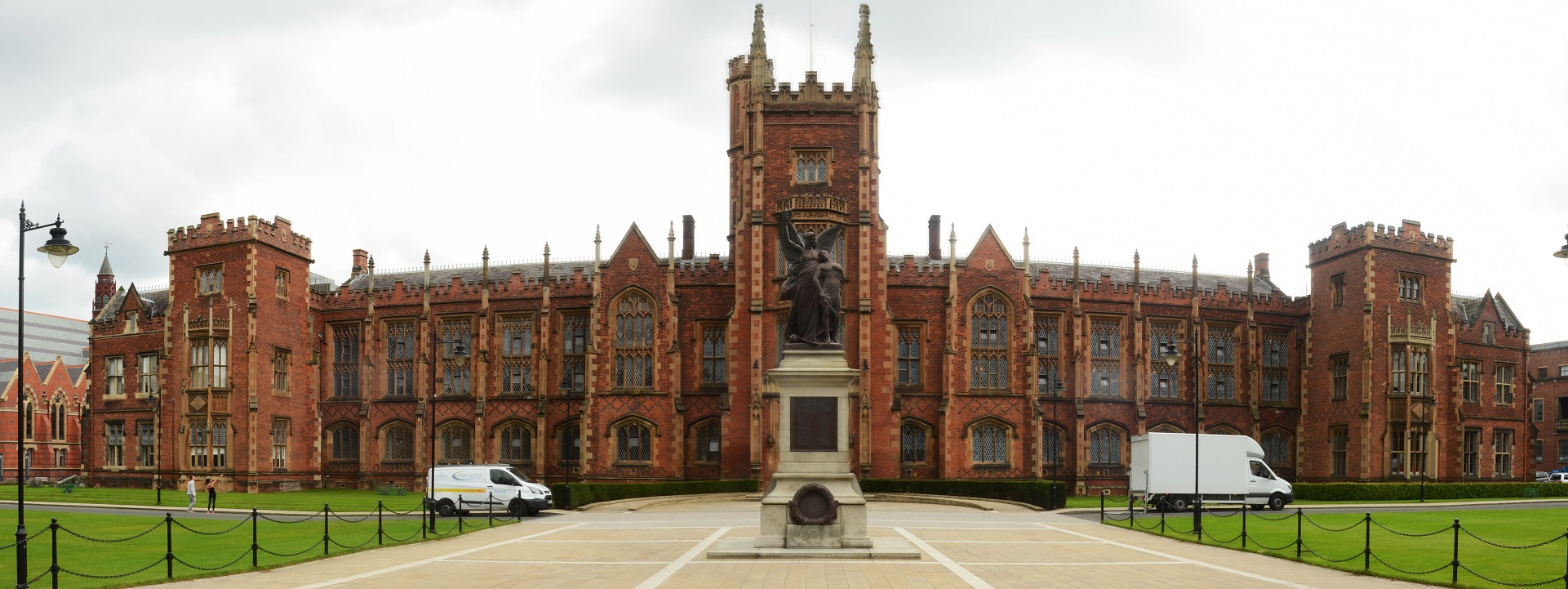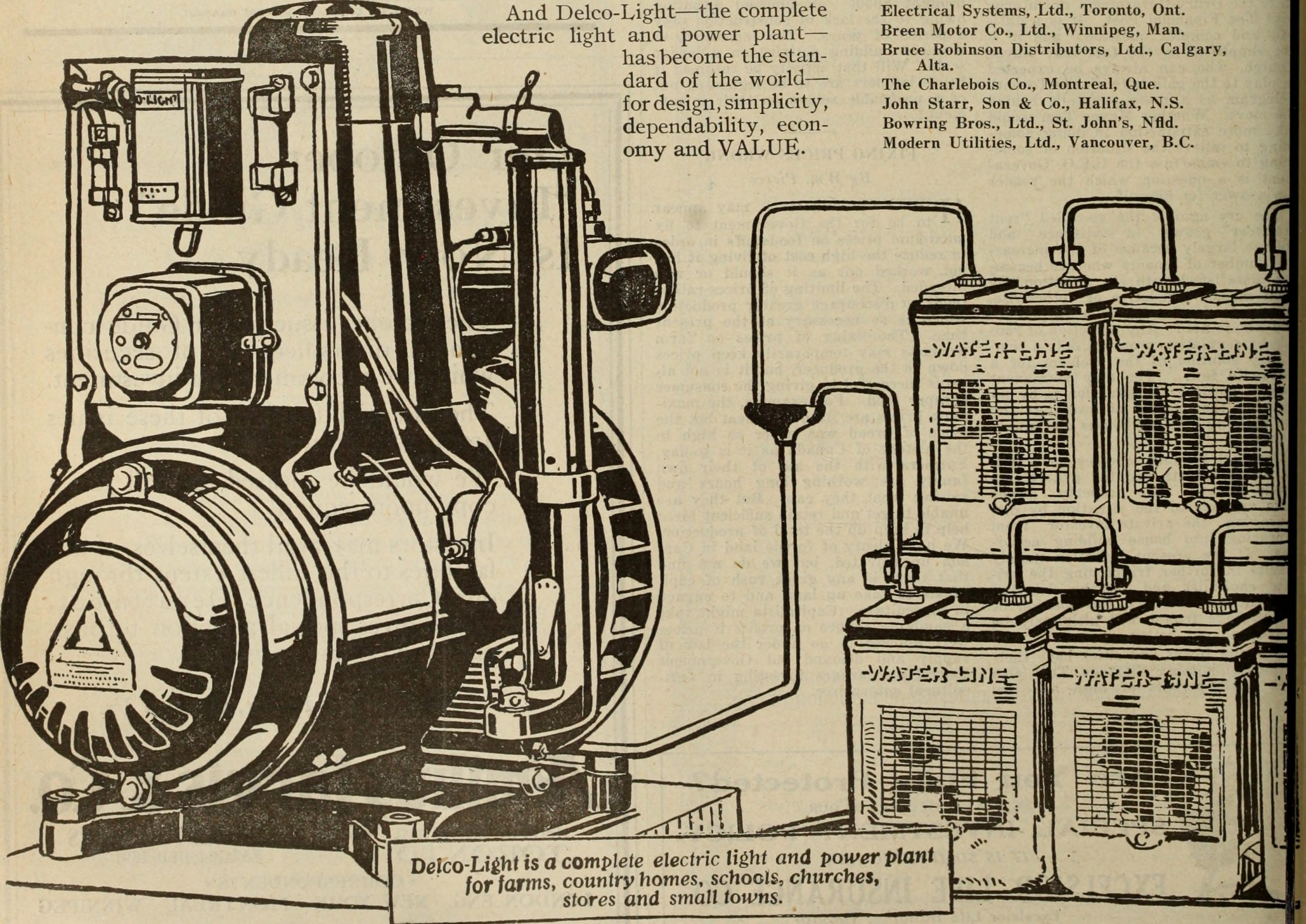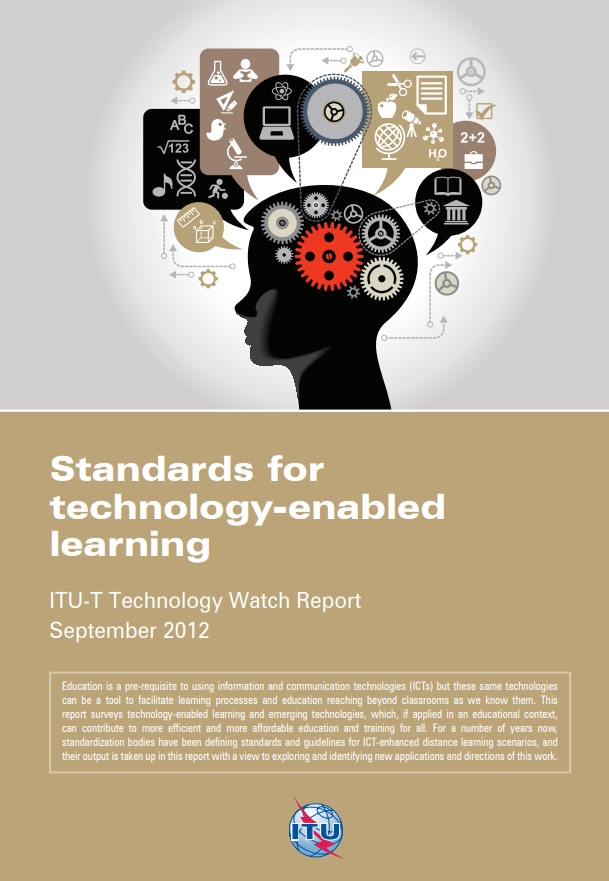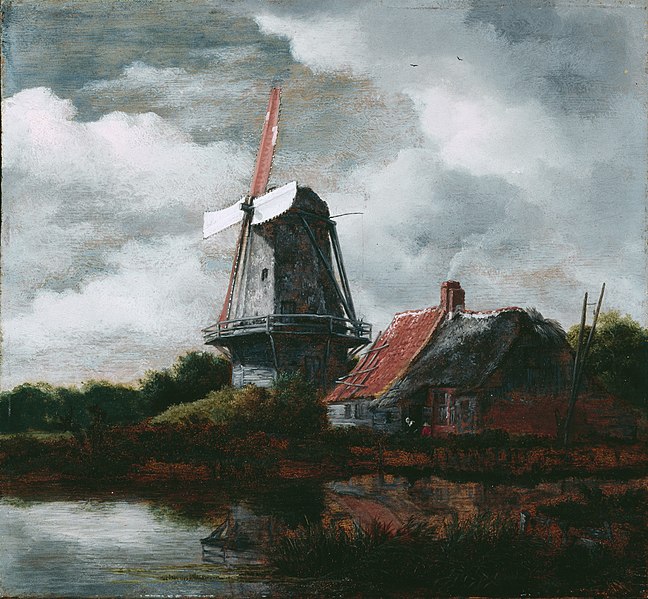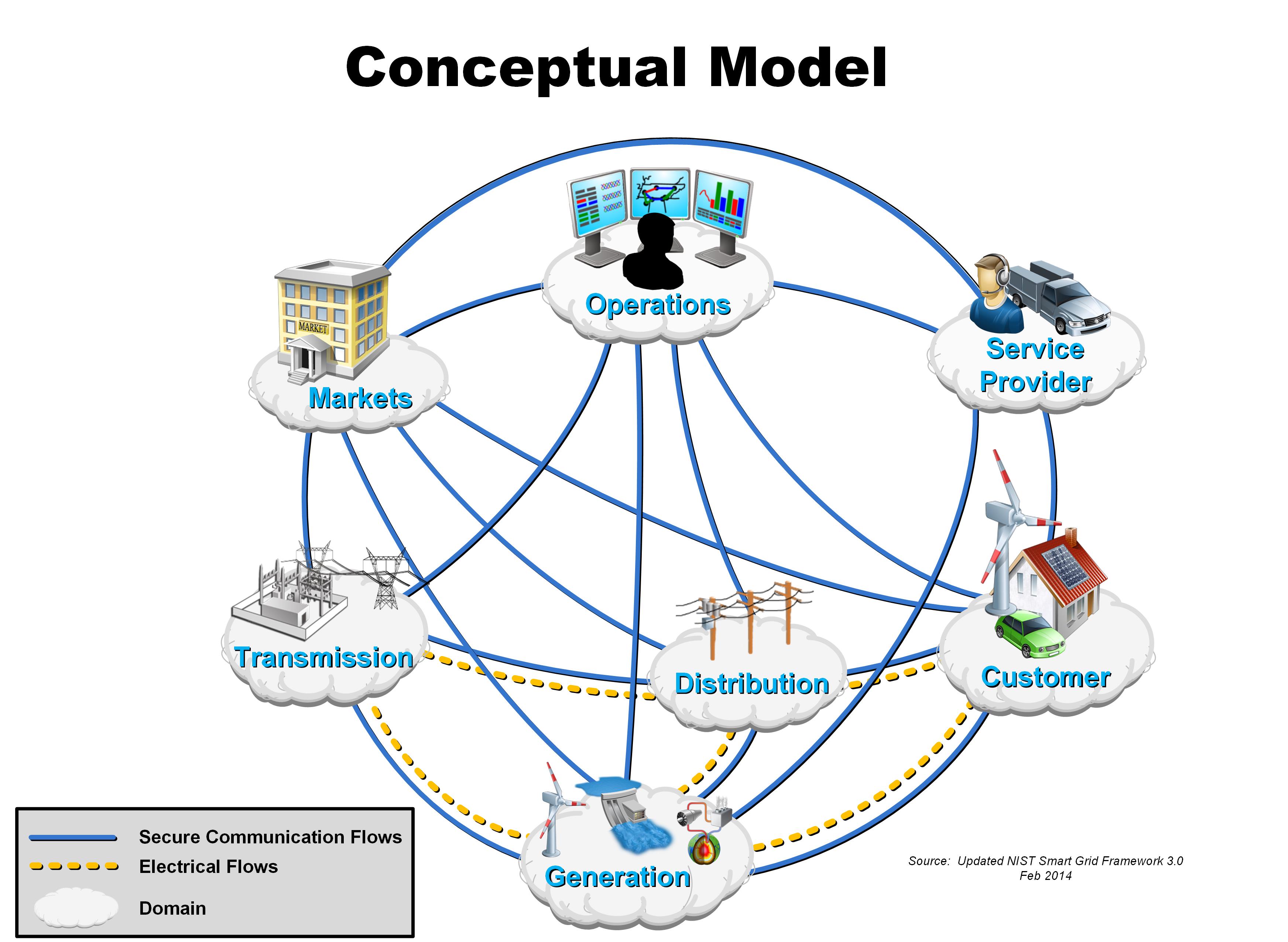National Rules for Electrical Installations
- Home Page 20

Energy Efficiency of Cell-Free Massive MIMO
Hien Quoc Ngo – Trung Q. Duong – Michail Matthaiou
Institute of Electronics, Communications and Information Technology, Queen’s University Belfast
School of Electrical and Electronic Engineering, University College Dublin, Dublin 4, Ireland
Department of Electrical Engineering, Linköping University, Linköping, Sweden
We consider the cell-free massive multiple-input multiple-output (MIMO) downlink, where a very large number of distributed multiple-antenna access points (APs) serve many single-antenna users in the same time-frequency resource. A simple (distributed) conjugate beamforming scheme is applied at each AP via the use of local channel state information (CSI). This CSI is acquired through time-division duplex operation and the reception of uplink training signals transmitted by the users. We derive a closed-form expression for the spectral efficiency taking into account the effects of channel estimation errors and power control. This closed-form result enables us to analyze the effects of backhaul power consumption, the number of APs, and the number of antennas per AP on the total energy efficiency, as well as, to design an optimal power allocation algorithm. The optimal power allocation algorithm aims at maximizing the total energy efficiency, subject to a per-user spectral efficiency constraint and a per-AP power constraint. Compared with the equal power control, our proposed power allocation scheme can double the total energy efficiency. Furthermore, we propose AP selections schemes, in which each user chooses a subset of APs, to reduce the power consumption caused by the backhaul links. With our proposed AP selection schemes, the total energy efficiency increases significantly, especially for large numbers of APs. Moreover, under a requirement of good quality-of-service for all users, cell-free massive MIMO outperforms the colocated counterpart in terms of energy efficiency.
Friday End of Workweek Provocation: Chemistry of Beer
Microgrids
We were doing microgrids before microgrids were cool. We did not call our school boiler plants or campus district energy systems “microgrids” until the EPACT flooded the electrical power industry with a new cadre of policy makers, regulators and litigators and we were forced into a vocabulary upgrade.
We resume our engagement (and advocacy) for a few concepts which have tracked in the NFPA and IEEE standards development catalogs since the early 1990’s:
- Nudge development of the National Electrical Code to recognize that loss of electrical power presents (i.e. reliability, availability) a greater hazard, and more frequent hazard, than wiring fire hazard.
- The application of stand-alone AC to DC inverters in the 100 – 1000 watt range to convert DC power from an automobile to households. A portable vehicle to home 120 VAC outlet strip is effectively a “microgrid” and costs less than $100 not including the extension cords.
- Expansion of the hybrid vehicle fittings with a built-in inverter to provide power to households in the 1000-2000 watt range. In contemporary parlance this arrangement is now referred to as “vehicle to home” (different than vehicle to grid)
- Relaxation of NEC prohibitions against the sharing of residential backup generators and electric storage equipment between two or more separate houses. This can reduce cost significantly. Earthing, ground fault, disconnect, overcurrent protection can easily be solved if the vertical incumbents we describe in our ABOUT stop voting against us in the National Electrical Code
- Stepping up the backup power systems that maintain the needed power for neighborhood internet access. Not all students and faculty live on campus.
- Policy makers and regulators should think in terms of setting standards for 10-day, 30-day and 90-day survivability contingencies to limit civil unrest.
- Preservation of contingencies with a judicious combination of absorption and electric chillers no matter what the electric rate. During a major regional contingency power is priceless.
- Promote a “cultural change” among specifiers and university design guideline writers to permit use of aluminum wiring which cost 1/3 less than copper wiring. Use of aluminum wiring for backup “swing feeders” at medium voltage reduces the cost of an additional contingency by 2/3rds.
- Reduce National Electrical Code circuit sizing rules so that distribution transformers within buildings can be reduced, thereby reducing material, heat waste and the reduction of wet-stacking in backup generators which reduces reliability.
This should be enough for an hour. We continue the conversation 4 times monthly with the IEEE Education & Healthcare Facilities Committee. Feel free to join us today with the login credentials at the upper right of our home page.
P2030.12/D1.4, Jun 2022 – IEEE Draft Guide for the Design of Microgrid Protection Systems
A Review on Microgrids’ Challenges & Perspectives
Long-term experience of DC-microgrid operation
Hierarchical Network Management of Industrial DC-Microgrids
Interconnected Electric Power Production Sources “Microgrids”
We have always taken a forward-looking approach to the National Electrical Code (NEC) because there is sufficient supply of NEC instructors and inspectors and not enough subject matter experts driving user-interest ideas into it. Today we approach the parts of the 2023 NEC that cover wiring safety for microgrid systems; a relatively new term of art that appropriates safety and sustainability concepts that have existed in electrotechnology energy systems for decades.
Turn to Part II of Article 705 Interconnected Electric Power Production Sources:
Free Access 2023 National Electrical Code
You will notice that microgrid wiring safety is a relatively small part of the much larger Article 705 Content. There were relatively minor changes to the 2017 NEC in Section 705.50 — but a great deal of new content regarding Microgrid Interconnection Devices, load side connections, backfeeding practice and disconnecting means — as can be seen in the transcripts of Code-Making Panel 4 action last cycle:
Code‐Making Panel 4 Public Input Report (692 Pages)
Code-Making Panel 4 Public Comment Report (352 Pages)
Keep in mind that the NEC says nothing (or nearly very little, in its purpose stated in Section 90.2) about microgrid economics or the life cycle cost of any other electrical installation. It is the claim about economic advantages of microgrids that drive education facility asset management and energy conservation units to conceive, finance, install, operate and — most of all — tell the world about them.
In previous posts we have done our level best to reduce the expectations of business and finance leaders of dramatic net energy savings with microgrids — especially on campuses with district energy systems. Microgrids do, however, provide a power security advantage during major regional contingencies — but that advantage involves a different set of numbers.
Note also that there is no user-interest from the education facility industry — the largest non-residential building construction market in the the United States — on Panel 4. This is not the fault of the NFPA, as we explain in our ABOUT.
The 2023 NEC was released late last year.
The 2026 revision cycle is in full swing with public comment on the First Draft receivable until August 24, 2024. Let’s start formulating our ideas using the 2023 CMP-4 transcripts. The link below contains a record of work on the 2023 NEC:
We collaborate with the IEEE Education & Healthcare Facility Committee which meets online 4 times per month in European and American time zones. Since a great deal of the technical basis for the NEC originates with the IEEE we will also collaborate with other IEEE professional societies.
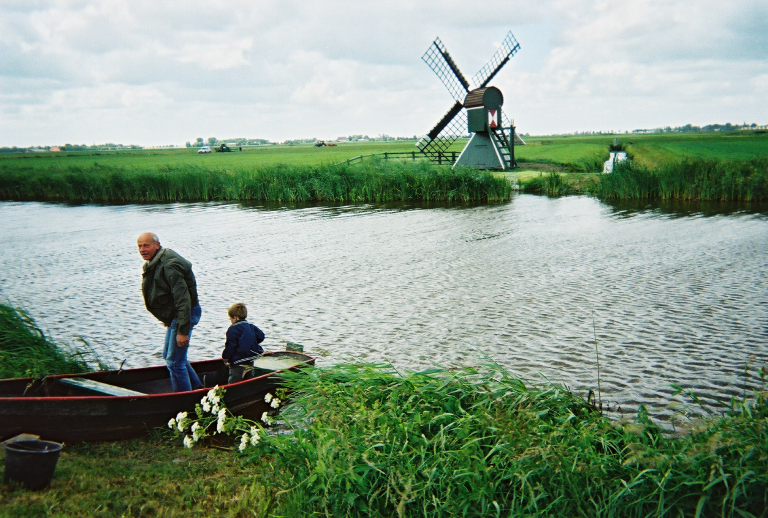
Mike Anthony’s father-in-law and son maintaining the electrical interactive system installed in the windmill that provides electricity to drive a pump that keeps the canal water at an appropriate level on the family farm near Leeuwarden, The Netherlands.
Issue: [19-151]
Category: Electrical, Energy
Colleagues: Mike Anthony, Jim Harvey, Kane Howard, Jose Meijer
Interoperability of Distributed Energy Resources
IEEE Standard for Interconnecting Distributed Resources with Electric Power Systems is effectively the global standard for interconnection of distributed resources with large scale electric power systems. It provides requirements relevant to the performance, operation, testing, safety, and maintenance of the interconnection. Apart from the power reliability and sustainability zietgeist we have seen in campus bulk power distribution systems, this title is usually referenced in research projects undertaken in university research enterprises. The standard is intended to be universally adoptable, technology-neutral, and cover distributed resources as large 10 MVA. To wit:
IEEE 1547-2018 Standard for Interconnection and Interoperability of Distributed Energy Resources with Associated Electric Power Systems Interfaces: This standard — emerging from IEEE Root Project 1547.3 — 2007 asserts first principles for improved performance for distributed energy resources, connected to the grid. NIST funding aided this standard’s development. Links to related titles, recently released for public consultation, are listed below:
We collaborate with the IEEE Education & Healthcare Facilities Committee on this an related titles. This committee’s meetings are held 4 times monthly in European and American time zones. International Electrical Technical Commission titles are items on the standing agenda; a few representative titles are listed in addition to IEEE titles below:
IEC 62746-10-1:2018 Systems Interface Between Customer Energy Management System and the Power Management System – Part 10-1: Open Automated Demand Response: This standard specifies how to implement a two-way signaling system, between utilities and customers, thus allowing utilities to adjust the grid’s load, based on demand. NIST’s David Holmberg and Steve Bushby presented research to the International Electrotechnical Commission (IEC), aiding this US standard’s acceptance as an international one.
IEC 62746-10-3:2018, Systems Interface Between Customer Energy Management System and the Power Management System – Part 10-3: Open Automated Demand Response – Adapting Smart Grid User Interfaces to the IEC Common Information Model: Related to the previous standard, IEC 62746-10-3:2018 defines the interfaces, as well as, the messaging for this two-way signaling system. NIST’s Holmberg and Bushby also facilitated this international standard’s acceptance.
IEEE 21451-001-2017 Recommended Practice for Signal Treatment Applied to Smart Transducers: This guide supports the ability to uniformly processing and classifying data from sensors and actuators in a smart system. The standard enables a common interpretation of data and grid interoperability. NIST personnel served on this standard’s working group, providing NIST research on sensors and actuators.
IEEE 2030.7-2017 Standard for the Specification of Microgrid Controllers: This standard established requirements for controllers, used to sense and manage microgrids. These requirements inform the manufacturing of controllers, and ultimately enable grid interoperability. NIST funding aided this standard’s development.
IEEE 2030.8 Standard for Testing Microgrid Controllers: This testing standard helps verify that microgrid controllers meet these requirements, and, thus, will work as intended. NIST funding aided this standard’s development.
IEEE 1547-2018 Standard for Interconnection and Interoperability of Distributed Energy Resources with Associated Electric Power Systems Interfaces: This standard ushers in a new era of improved performance for distributed energy resources, connected to the grid. NIST funding aided this standard’s development.
To inform a United States position on IEC titles we follow the lead of the USNA/IEC whose activity we also track in the IEEE E&H Committee
Issue: [11-17]
Category: Electric, Energy
Colleagues: Mike Anthony, Bob Arno, Neal Dowling, Peter Sutherland
Standards Coordinating Committee Membership
Designing, Installing, Operating, and Maintaining Microgrids
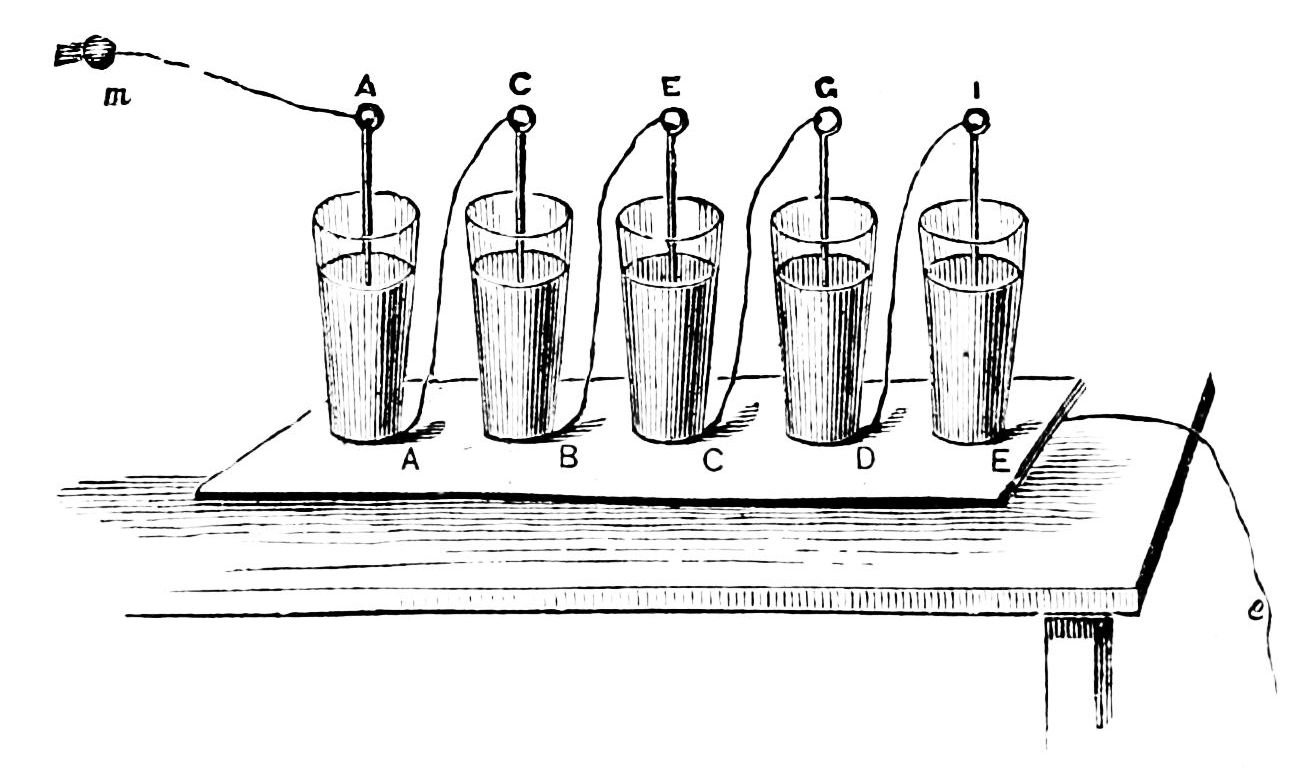
Leyden Jar electric energy storage; and early form of a microgrid. CLICK ON IMAGE for more information
The National Electrical Contractors Association develops a suite of consensus standards titled National Electrical Installation Standards (NEIS) that meet the intent of the National Electrical Code (NEC); particularly where the NEC asserts that an installation be constructed in a “neat and workmanlike manner”. The scope of the original undertaking, begun in the early 1990’s with University of Michigan as an early adopter, has since expanded into operation and maintenance standards; and more recently into design, installation, operating and maintaining integrated systems such as microgrids*.
Some electrotechnology professionals struggle with the notion of a “microgrid” — a trendy term of art for an integrated system of interactive and distributed power sources that many large research universities have had for decades in their district energy plant. There are some noteworthy operational differences, however; as a trend toward local power storage accelerates and education facility leaders are under pressure to prove the they have a Smart Grid (even if they already have one). None of the #SmartCampus conceptions for expansion of microgrids into individual buildings, or regions on campuses, will ever pay for themselves we cannot operate and maintain many of them economically (when set against the operational economics of the electrical supply delivered by the university district energy plant). The university-affiliated medical research and healthcare delivery campus may be a proof-point, however.
The NECA documents are used by construction owners, specifiers, contractors and electricians to clearly illustrate the performance and workmanship standards essential for different types of electrical construction. Because the NEC is intended to be primarily a wiring safety standard, the NEIS suite is referenced throughout the National Electrical Code. Electrical shop foremen and front line electricians take note.
Recommended Practice for Designing, Installing, Operating, and Maintaining Microgrids (Redline)
You may obtain an electronic copy from neis@necanet.org. Send comments to Aga Golriz, (301) 215-4549, Aga.golriz@necanet.org with a copy of your comments psa@ansi.org. Because the proposed change is relatively minor editorial/grammatical change, we will not comment on it but encourage other user-interests in the education facilities industry (electric shops, engineering managers, etc.) to at least become familiar with the NECA suite of standards and to incorporate them by reference into their standard practice guides for electrical trades.
NECA Standards and Publication Development Home Page
Our door is open every day at 11 AM for consultation on this and other standards. Use the login credentials at the upper right of our home page. Additionally, we will refer this to the IEEE Education & Healthcare Committee, which is a subcommittee in the IEEE Industrial Applications Society which follows — and leads — the development of the emergent #SmartCampus. That committee meets online 4 times monthly in European and American time zones. See the IEEE E&H Calendar for date, time and login credentials.
Issue:
Category: Electrical, Energy
Colleagues: Mike Anthony, Jim Harvey, Van Wagner
LEARN MORE:
NEIS Open Review: Fourth Ballot
NECA SMART GRID: INSTALLATION AND CONSTRUCTION MANAGEMENT ASPECTS FOR ELECTRICAL CONTRACTORS
US DOE: Smart Grid Demonstration Program
IEEE Standards Association: Microgrids: Back to the Future
*Most seasoned electrical power professionals recognize that many large research universities with district energy systems that generate in parallel with a public utility have, for decades, operated with all the essential characteristics of a microgrid (save for the political “buzz”). On-site power storage for telecommunication and mission critical facilities have been in place for decades; so has back up on-site generation. Scaling these known sources to provide normal power to a single building, or groups of buildings, is an essential difference, however. Electrical engineering expertise and judgement is needed to determine the optimal balance between a smart distributed resource (such as a microgrid) and a central resource from an existing district energy system. An array of microgrids on a large research university campus will have a cost associated with of installing, operating and maintaining them.
New update alert! The 2022 update to the Trademark Assignment Dataset is now available online. Find 1.29 million trademark assignments, involving 2.28 million unique trademark properties issued by the USPTO between March 1952 and January 2023: https://t.co/njrDAbSpwB pic.twitter.com/GkAXrHoQ9T
— USPTO (@uspto) July 13, 2023
Standards Michigan Group, LLC
2723 South State Street | Suite 150
Ann Arbor, MI 48104 USA
888-746-3670



